Cultural Competency encompasses: pick 2
A) Gaining knowledge of different cultural practices and world views
B) Developing positive attitudes towards cultural differences
C) Ensuring other's conform to your culture
A) Gaining knowledge of different cultural practices and world views
B) Developing positive attitudes towards cultural differences
Name one of the key areas of SDOH
- Economic Stability
- Education Access and Quality
- Health Care Access and Quality
- Neighborhood and Built Environment
- Social and Community Context
Health equity is a state in which all people are able to :
A) Have equal access to services
b) Have access to equal services
C) Live their healthiest lives
To live their healthiest lives
Name one of the required health equity-related courses for UHC employees
Health Equity Foundations - from Health Equity University
Social Empathy Series
A key component of cultural humility is:
A. Bullying
B. Self-Reflection
C. Cultural Competency
Cultural Humility is the active and lifelong self-reflection by people who examine how their own background, history, social, demographic, age, economic and other positions influence their views and actions, as well as the impact these have on their interactions with those to whom they offer care.
Knowing about a community makes us culturally competent.
TRUE or FALSE
FALSE
Communities are dynamic and change over time.
How can limited access to reliable transportation affect health outcomes?
Difficulty accessing healthcare appointments and community resources.
Equality is: providing
A) the same treatment and health care services to all, regardless of their situation
B) different treatment and health care services to all, regardless of their situation
C) reserving treatment for those who need it most
Providing the same treatment and health care services to all, regardless of their situation
Which is not one of the 6 areas UHC Health Equity is focused on
Chronic Condition Management
Climate Change and Health
Social Drivers of Health
Mortality and Life Expectancy
Climate Change and Health
The 6 areas are:
Care Experience and the Workforce
Chronic Condition Management
Care Access and Affordability
Social Drivers of Health
Mortality and Life Expectancy
Behavioral and Mental Health
What is the missing concept? Hint: Cultural ....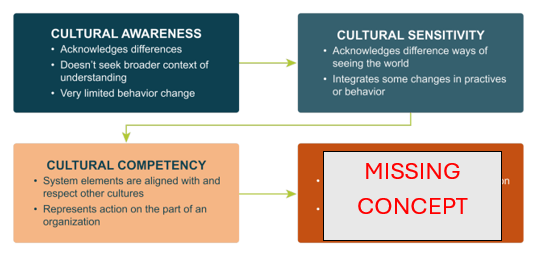
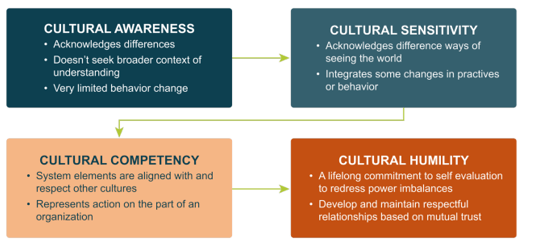
Cultural Competency is the same as Cultural Humility.
TRUE or FALSE
FALSE
Cultural competency is a skill that can be taught, while cultural humility is a lifelong process of self-reflection and self-critique:
Rural residents have higher rates of chronic diseases, such as heart disease, obesity, and diabetes, and lower life expectancy than non-rural residents. Rural residents also have higher rates of early death from the leading causes of death.
Name a partnership we have that addresses this health disparity:
Example: AAA-Non-Metro Aging
Road Runner statewide distribution
Doula Association
What is "lived experience"?
A) The firsthand knowledge and understanding that comes from someone’s personal experiences
B) Everything that happens before you die
C) Understanding that comes from listening to others
The firsthand knowledge and understanding that comes from someone’s personal experiences including their history, identities, and perspective
Which is not an approach UHC uses to advance health equity?
A) Impact Assessments
B) Use of Data to Identify Impactable Disparities
C) Collective Impact
D) Finding the Cheapest Way to Support an Intervention
Our approaches include: improved data capture, use of data to identify impactable disparities, impact assessments to ensure prioritized investments, rigor in intervention design to improve impact and consistency in measurement models to evaluate individual and collective impact.
TRUE or FALSE
One foundation of Cultural Humility is to acknowledge that a comprehensive lists of different beliefs and behaviors associated with certain groups is the goal.
FALSE
Acknowledgment that a comprehension of lists of “different” beliefs and behaviors supposedly associated with certain groups is not possible or the goal.
CLAS stands for: ????
Culturally and Linguistically Appropriate Services
What is one thing you know about this collaborative?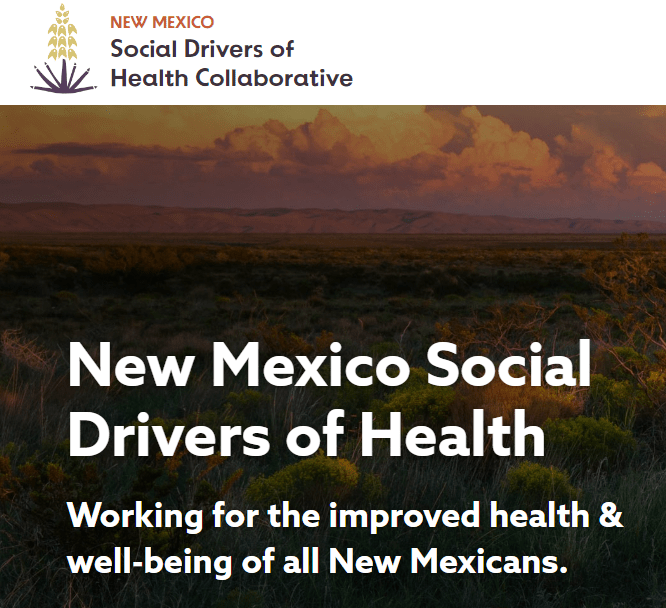
We are voting member on the steering committee, we chair one of the workgroups around the state-wide closed loop referral system
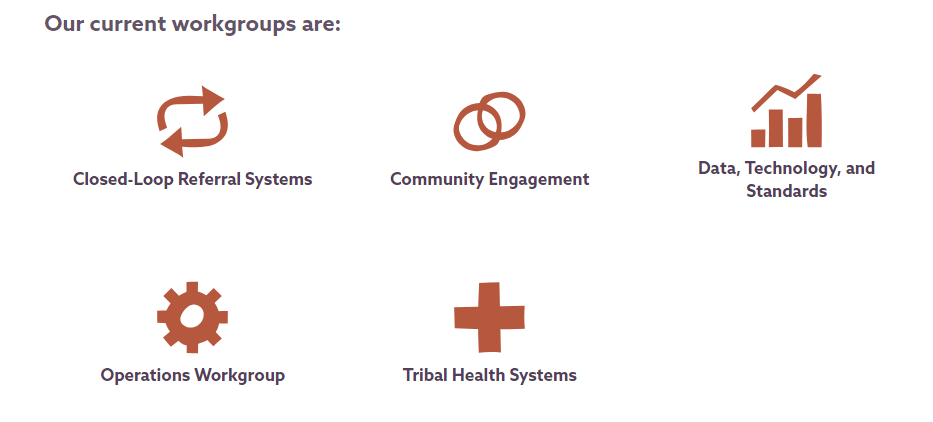
This describes what?
The health outcomes of a group of people, including the distribution of such outcomes within the group.
Population Health
The health outcomes of a group of people, including the distribution of such outcomes within the group.
What are some of the ways we align our member services around SDOH areas?
From the Cultural Humility Plan
How We Reduce Barriers to Member Care. 21
How We Support Members with Special Health Care Needs/Disabilities. 22
How We Support Effective Member Communication. 22
How We Provide Member Materials within Required Reading Levels. 23
How We Support Members with Communication Challenges. 24
How We Support Alternative Communication with Members. 26
How We Communicate our Commitment to Cultural Diversity to Employees. 26
How We Train Providers to Support Cultural Competency. 29
Which questions would be important for leaders to discuss:
A) What needs to change for cultural humility to be a guiding principle for your organization?
B) What needs to change for culture humility to be a guiding principle in our system? Think about policies, practices, leadership structure, budgets, etc.
C) How do we support each other in practicing active listening?
All of them
Name an area that National Culturally and Linguistically Appropriate Services (CLAS) addresses:
1) Governance, Leadership and Workforce
2) Communication and Language Assistance
3) Engagement, Continuous Improvement, and Accountability
What state report will this data be incorporated into?
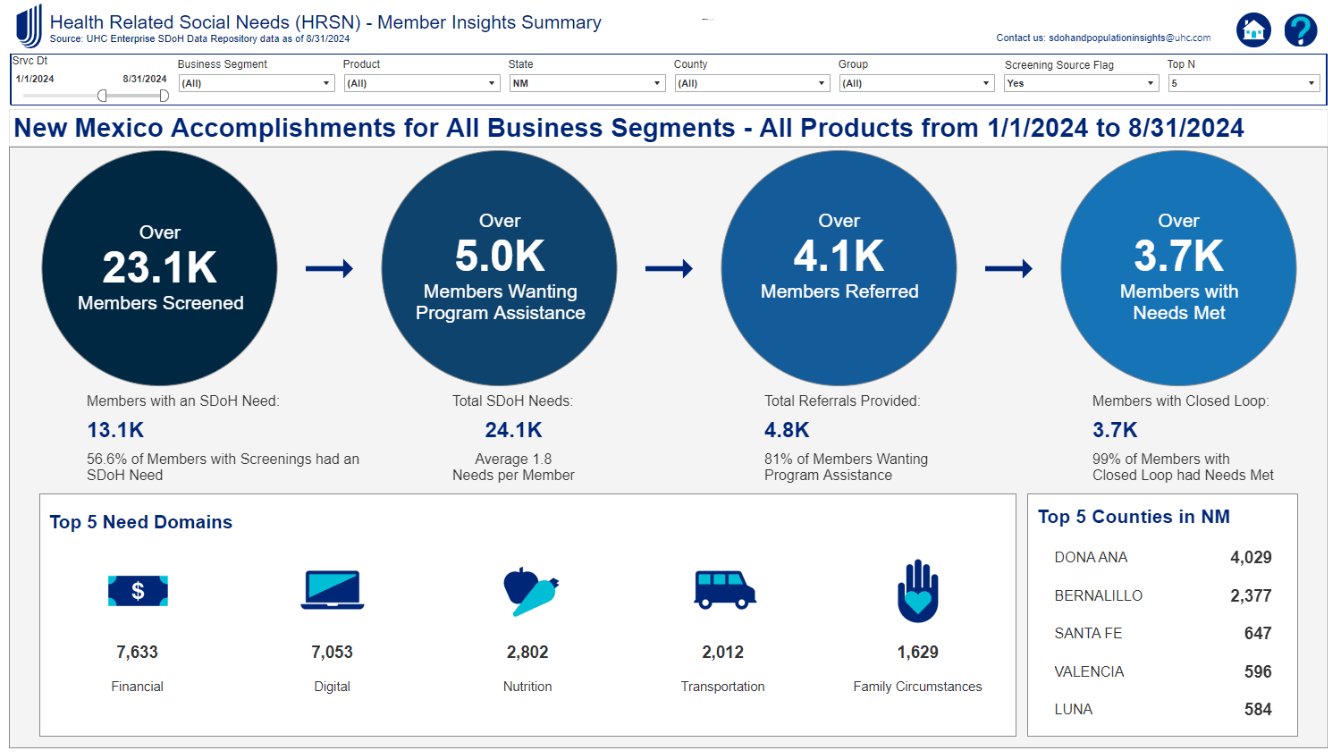
Report 6 - Care Coordination
Which describes: Unconscious mental processes that influence negative attitudes and beliefs about people based on race, ethnicity, age, gender, ability and/or other characteristics.
A) Explicit Bias
B) Implicit Bias
C) Justified Bias
Implicit (or unconscious) bias
What is an example of a UHC Value-Added Benefit that addresses one of the social drivers of health?
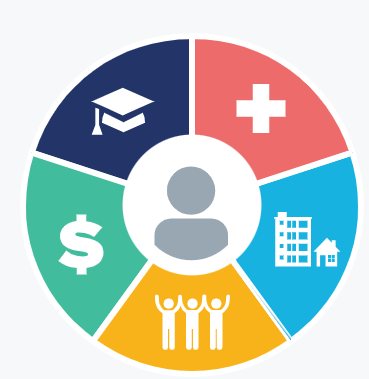
- Safe housing, transportation, and neighborhoods
- Education, job opportunities, and income
- Access to nutritious foods and physical activity opportunities
Can you remember when you first noticed a culture/cultural aspect different than the culture of your family?
What is...for example "When I went to my friend's house for dinner and they called it supper"....